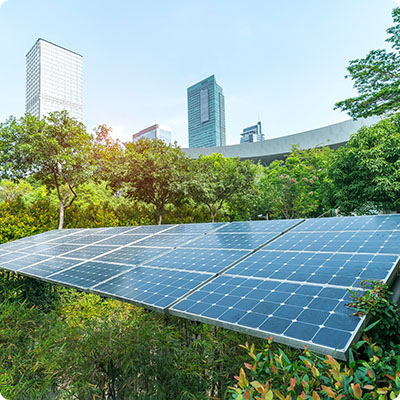In the gardens of the tsars
Built by Peter the Great, Saint Petersburg preserves the magnificent gardens of the palaces of the Tsars, of Italian, French or English inspiration. The Summer Garden,created in 1704 and located on the banks of the Neva River, is inspired by the French gardens, with its geometric alleys and statuary. The Botanical Garden in Saint Petersburg is the oldest in Russia and is a must for naturalists. It includes large greenhouses, an arboretum and an orangery. The Alexander Garden is a pleasant place to stroll with its park with trees, fountains and statues of famous people. The Jardin de Taurides is an English garden. Designed in the 18th century, it shelters ponds, a vast lawn and numerous trees such as oaks, lime trees or larches. The park of Peterhof, located about 30 km from St. Petersburg, belongs to a palace complex. Former residence of the Tsars, this "Russian Versailles", with its groves and fountains, bears its nickname well. Peterhof is listed as a UNESCO World Heritage Site.A city threatened by rising waters and pollution
St. Petersburg has a coastline in the Gulf of Finland and 10% of its area is made up of marshland. The city, built on the Neva Delta, is particularly vulnerable to flooding, partly due to the flow of the Neva River, which collects water from a large catchment area. In more than 300 years, the city has experienced almost 300 floods. In 1978, the construction of a dam 20 km deep in the gulf was started ... before being stopped at the end of the 1980s for ecological reasons (the dam impeded the flow of water) and then restarted in the 1990s. However, the dam remains controversial for its environmental impact and its ineffectiveness in the face of climate change. Climate change could have serious consequences for the city of Peter the Great. Every year, about 3 metres of beach disappears from the coast. The rise in sea level could lead to a phenomenon of submersion and with it the flooding of buildings, the entry of salt water into the delta, which could lead to a modification of the ecosystems, but also a salinisation of the drinking water catchments. As the second largest Russian port on the Baltic, the city has a high level of industrial and military activity which contributes to air and water pollution. Generally speaking, all human activities affect water quality. For a long time marshlands were considered - wrongly - as filters. In the 19th century, the city suffered epidemics of cholera and typhus in connection with the poor quality of the water. Although water treatment plants have been installed, it is estimated that 25-30% of the wastewater is untreated. These contaminated waters (mercury, organochlorine pesticides, phenols, petroleum products, etc.) end up in the Baltic Sea, which is experiencing a worrying environmental situation, also linked to maritime traffic and the waste (ships and war mines) stored there. The city also suffers from air emissions from industry, road traffic, waste incineration and district heating, making it one of the most polluted cities in Europe.
Waste management is a concern
The issue of waste is a matter of concern in Russia, mobilising civil society. Separate collection and recycling of waste is almost non-existent and most waste ends up in landfills or is incinerated. On the other hand, the volume of waste is increasing in large cities and landfill facilities are reaching saturation point. Illegal landfills are being set up, such as in Kolpino near St. Petersburg, where hazardous waste (including fluorescent tubes containing mercury) has been stored. 30 km from the city, in Krasnyi Bor, there is a toxic waste dump, nicknamed "Chemical Chernobyl". It stores nearly two million tons of chemical waste in swimming pools, some of which are open-air and near two rivers. Every time it rains, not only the ecosystems, but also the drinking water catchments are threatened. There have been numerous protests, including from environmental activists, demanding the closure of the site. Other initiatives have emerged in St Petersburg for the implementation of selective sorting on a voluntary basis, led by NGOs. Other individual initiatives are taking place in the country to raise awareness of waste recycling: a zero waste family in Moscow, an artist in St. Petersburg, Marc Ahr, who collects rubbish from the frozen canals to turn it into works of art, in Chelyabinsk a young masked man with the nickname "Tchistoman" who posts videos of his waste cleaning operations. A federal bill was also passed in 2017 that imposes responsibilities for waste treatment and recycling on manufacturers and importers.
Between climate denial and environmental action
In 2019, Russia had the warmest year since weather records began. The picture may make you smile, but in the middle of winter you could find mushrooms in the St. Petersburg region. A poll in 2017 showed that 40% of Russians believe that human activities do not affect global warming. It is not a matter of concern either, and environmental issues receive little attention from the media and the authorities. But associations are raising awareness. Communication campaigns such as the one launched by Greenpeace in 2019 on Instagram hijack the concept of "FaceApp" to show what St. Petersburg could look like in 2070 (flooded). Young people are mobilising for the climate, notably through solo demonstrations, the "solitary pickets" allowing unauthorised demonstrations. Ecological awareness is growing, inexorably.








